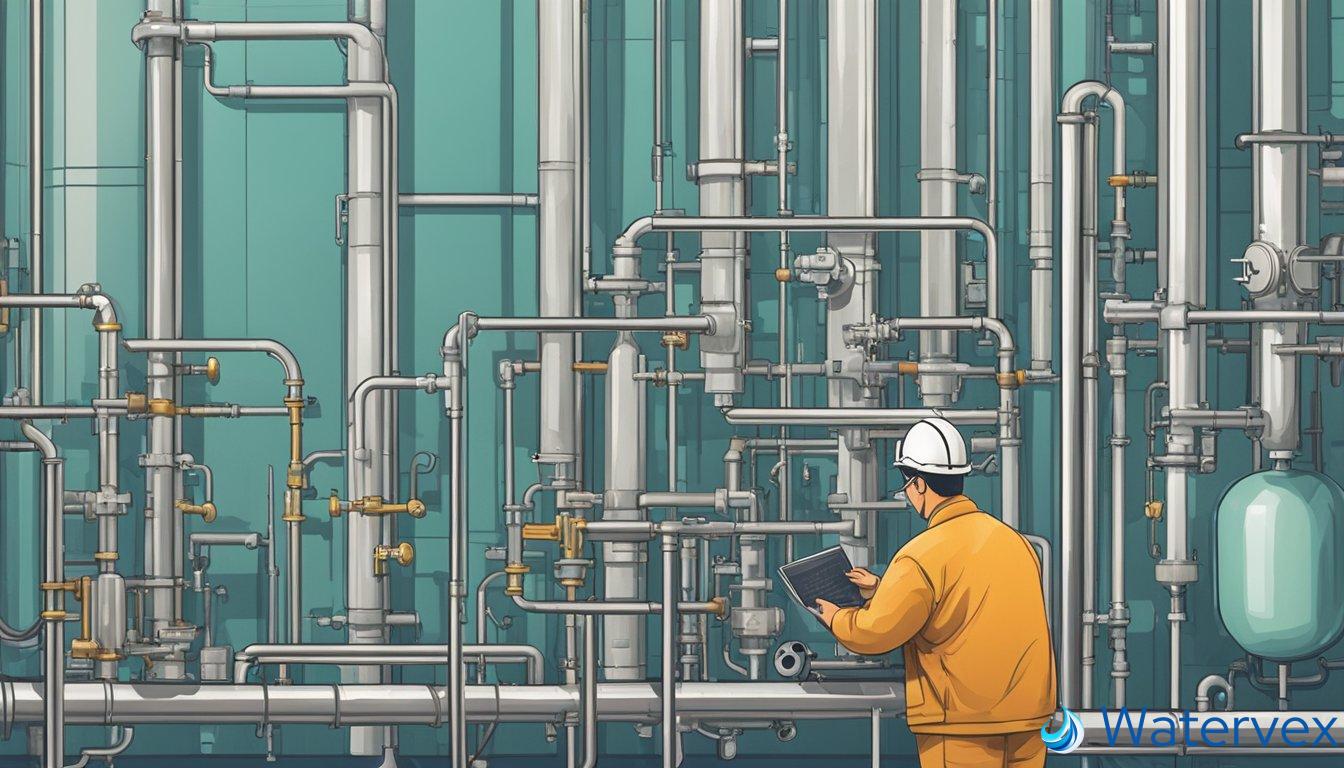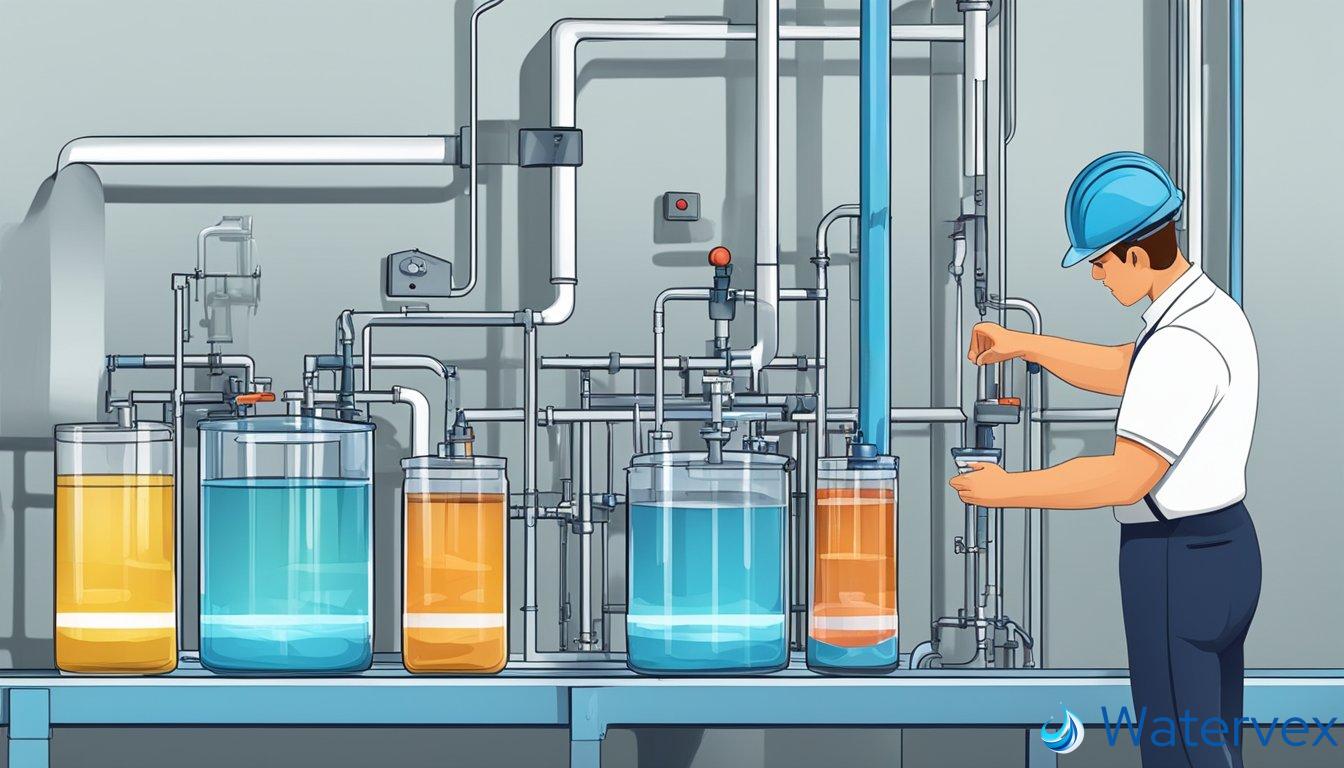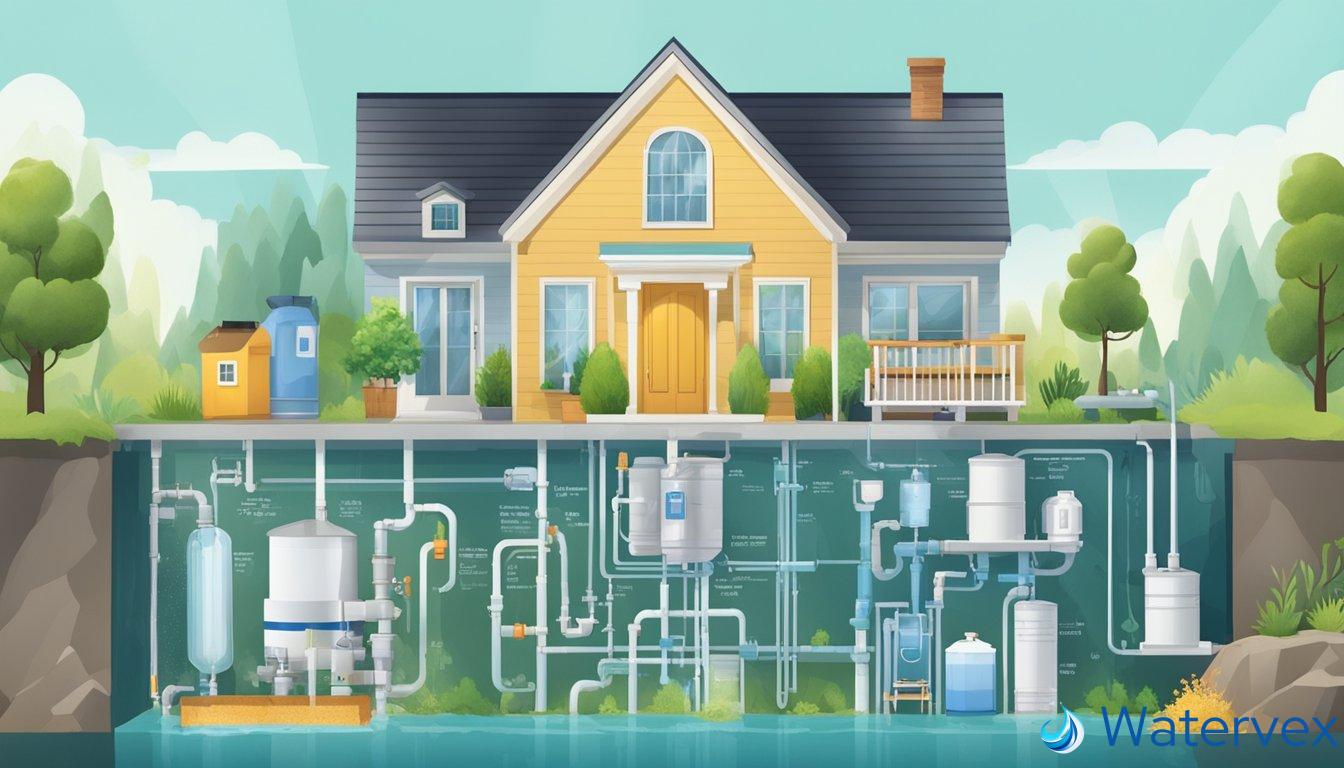When considering the safety and quality of your home’s water, conducting a water treatment risk assessment is an essential step. This process helps to identify and evaluate potential hazards that could compromise water quality, presenting risks to human health. By thoroughly understanding the intricacies of water treatment systems, you can mitigate risks associated with physical, chemical, and biological contaminants.

Undertaking a risk assessment involves evaluating how water treatment processes operate, pinpointing where systems may falter, and understanding the types of contaminants that can infiltrate water supplies. Identifying the probability and severity of these risks not only ensures the safety of drinking water but also contributes to the optimal functioning of your home water treatment infrastructure. This practice is paramount for maintaining the balance between water efficiency and quality.
Key Takeaways
- Conducting a focused risk assessment helps protect water quality and public health.
- Understanding your home water treatment system is key to identifying potential hazards.
- Knowledge of potential contaminants is crucial to ensuring safe and effective water consumption.
What Does a Water Treatment Risk Assessment Entail?

In ensuring water safety, a thorough risk assessment is crucial. This process defines the potential threats to water supply systems and determines the necessary steps to mitigate them.
Understanding Risk Assessment in Water Treatment
Risk assessment in water treatment begins with hazard identification. This entails pinpointing various contaminants that could impact drinking water quality and public health. Hazards could stem from a range of factors including climate change, water supply system infrastructure, and urban water supply demands. This step is followed by vulnerability assessments, which examine how susceptible the water system is to these hazards, considering elements like storage, distribution, and pipes.
Key Components of Risk Evaluation in Water Treatment
A comprehensive risk evaluation looks at the efficiency and sustainability of current water management practices, including wastewater treatment plants (WWTPs) and water treatment plants. It examines how hazards are currently managed and rates their risk level to public health. Two critical components in this step include:
- Risk analysis: Determining the likelihood and impact of potential hazards.
- Risk reduction: Implementing management practices, such as water safety plans or checklists, to lessen identified risks.
Adopting a Systematic Approach to Water Treatment Risks
Your approach to assessing risk should be systematic and utilize various tools and methodologies to ensure comprehensive coverage. It’s about combining risk assessment with risk management to maintain a safe drinking water system. Utilize rating systems to prioritize actions and take advantage of opportunities for improvement. These practices are not only about maintaining quality but also about preparing for future changes and potential new hazards that might arise from extended factors like climate change.
Why Is Understanding Potential Contaminants Crucial for Home Water Treatment?
The safety of your drinking water hinges on recognizing what potentially harmful substances it may contain. Knowing these can significantly reduce health risks and environmental impact.

Identifying Common Containtaminants and Pollution Sources
Contaminants in your drinking water can come from a variety of places. Natural disasters such as floods and earthquakes can introduce new pollutants, while everyday wastewater can carry chemicals and biological hazards into your water supply. Exploring the occurrence of contaminants isn’t just about knowing what’s there; it’s about tracing how they got there to better prevent future contamination.
- Chemicals from industrial runoff
- Biological entities from sewage leaks
- Physical particles from natural disasters like flooding
Analyzing Contaminant Impact on Human Health and the Environment
When contaminants linger in drinking water, the human health risks can range from acute illnesses to long-term diseases. But your health isn’t the only thing at stake; the environment suffers too. Contaminants can disrupt ecosystems, harm wetlands, and hinder sustainable development goals. By analysing the risks, you create a proactive stance on public health and the health of the environment, including the circular economy.
- Short-term health effects such as gastrointestinal illnesses
- Long-term effects including increased risk of cancer
- Damage to aquatic life and wetlands compromising ecosystems
Understanding potential contaminants helps you protect both your family’s health and the environment. It’s a crucial first step in a journey toward cleaner, safer water at home.

